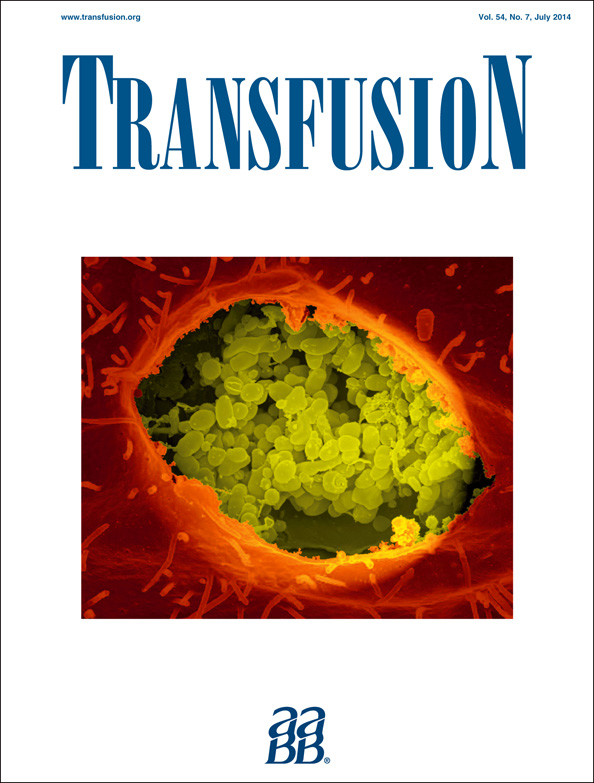Molecular analysis of immunized Jr(a–) or Lan– patients and validation of a high-throughput genotyping assay to screen blood donors for Jr(a–) and Lan– phenotypes
Abstract
Background
Individuals with anti-Jra or anti-Lan are ideally transfused with rare Jr(a–) or Lan– red blood cells. We characterized mutations in Dutch Jr(a–) and Lan– individuals and developed a high-throughput genotyping assay to detect Jr(a–) and Lan– donors.
Study Design and Methods
Six Jr(a–) and seven Lan– persons, who all made anti-Jra or anti-Lan, were sequenced for ABCG2 or ABCB6 and the copy number of ABCG2 and ABCB6 was determined. A total of 3366 Caucasian, 621 black, and 333 Chinese donors were screened with a high-throughput screening assay targeting frequently occurring mutations causing the Jr(a–) or Lan– phenotype.
Results
In the six tested Jr(a–) individuals previously described, c.376C > T, c.706C > T, and c.736C > T nonsense mutations in ABCG2 were detected. In the seven Lan– individuals 12 different mutations, of which 10 underlie the Lan– phenotype, were detected. No copy number variation was detected for ABCG2 and ABCB6. The high-throughput screening assay detected five Caucasian donors heterozygous for the c.706C > T or 736C > T mutation in ABCG2 and nine Caucasian donors heterozygous for the 574C > T mutation in ABCB6. No black or Chinese donors were found positive for a mutation.
Conclusion
We describe eight new mutations in ABCB6 of which seven, including three missense mutations, underlie the Lan– phenotype and determine that a complete gene deletion of ABCG2 or ABCB6 is not responsible for the Jr(a–) or Lan– phenotype, respectively. The extended heterogeneity of mutations causing the Jr(a–) or Lan– phenotype in most populations makes genetic screening for the Jr(a–) and Lan– phenotype inefficient in those populations.




